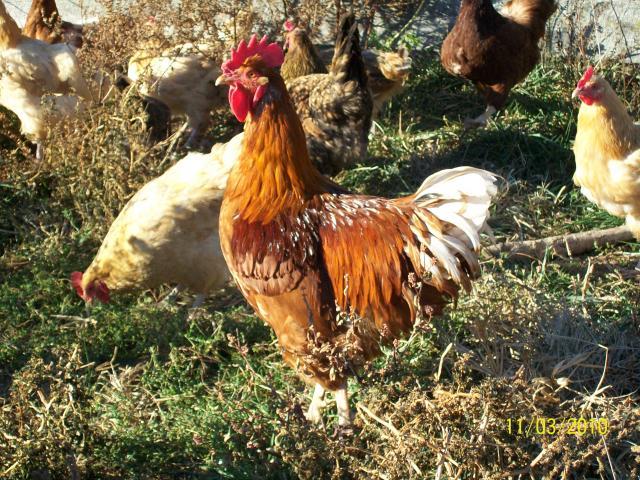Probably not. You might be able to get a general indication but the EE is a mix to start with. EE's are a type, not a breed. It looks like that white EE was dominant white, but you have no idea what else is hidden under the white. The RIR and NHR are very similar, the NHR being a little lighter in color. Generally the same rules should apply to them both, but there are subtle differences and I don't know what they are.
To your basic question, if they are purebred, then you can rely on the results. If they are not purebred, you really don't know what lies beneath. If you cross two purebreds, you know what will be in the 1st generation offspring, but you really don't know what is in the next generation. Too many things can hide in there.
Something else to remember, the results are idealized. It does not consider leakage and other things. An example. Ideally a Black Sex Link hen is solid black. In reality, there is often red leakage so the necks often have some red or gold in them, depending on what color the father was.
The pictures are sort of generalizations too. The Red Sex Link roosters are shown as yellow in the pictures and are called yellow-gold. In reality, they generally have white with certain areas like hackles and saddle feathers exhibit the yellow-gold. The rooster in my photo is Red Sex Link. He is barred, since his mother was a Delaware with sex link barring. But something, and I don't know what, is repressing some of the barring. The picture would show him as fully barred.








